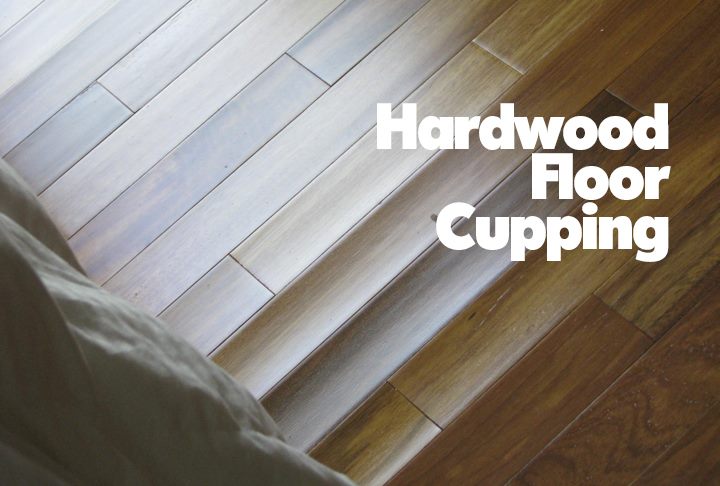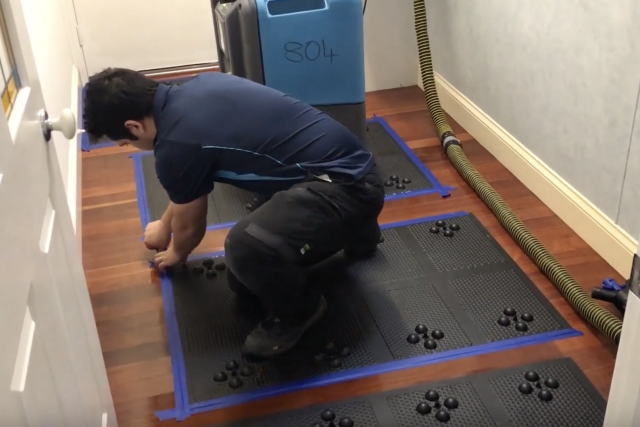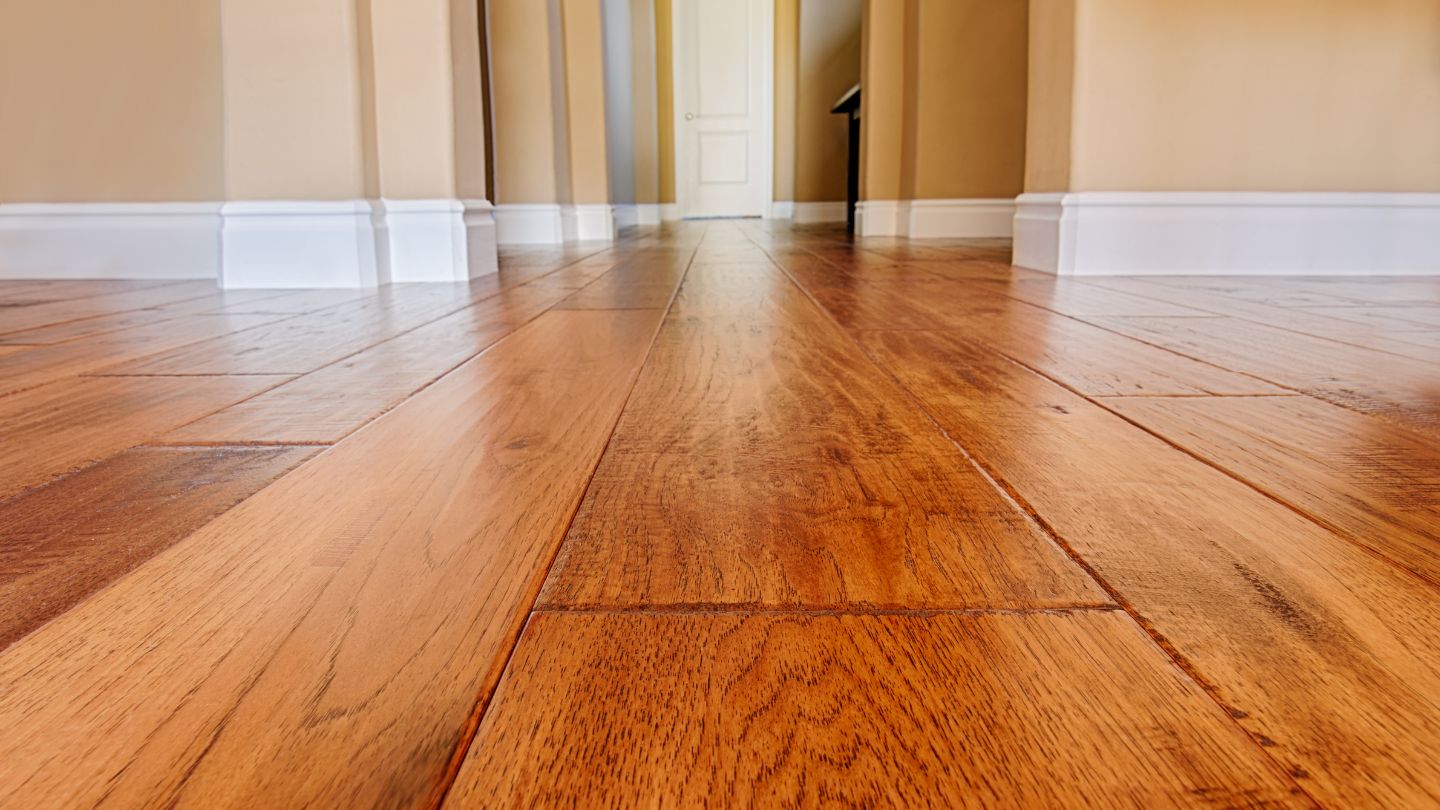Engineered hardwood floors are popular for their durability, versatility, and aesthetic appeal, often found in living rooms, bedrooms, and kitchens. However, they can suffer from moisture damage, which can result in expensive repairs if not promptly dealt with.
Table of Contents
ToggleWhy Moisture Is Bad for Engineered Hardwood Floors?
Excessive moisture presents significant dangers to engineered hardwood floors, such as warping, expanding, and fostering mold growth. Proper installation, subfloor preparation, and maintenance are essential to prevent these issues and maintain the integrity and longevity of your flooring.
4 common Signs of moisture damage in engineered hardwood floors

Cupping Hardwood Floors
Cupping hardwood floors is characterized by the edges of the floorboards being higher than the center, resulting in a concave shape. This happens when the bottom of the board absorbs more moisture than the top, causing it to swell and push the edges upward. It’s often a sign of excessive moisture.
Crowning Hardwood Floors
Crowning hardwood floors involves the center of the floorboards being higher than the edges, resulting in a convex shape, which is the opposite of cupping. This occurs when the top of the board absorbs more moisture than the bottom, causing it to swell and push upward. It can also result from excessive moisture.
Warped or Buckled Hardwood Floors
Warping or buckling occurs when boards absorb moisture unevenly, causing them to warp, buckle, or distort. This can happen when one part of the floor is exposed to more moisture than another, leading the affected boards to expand unevenly.
Sagging Hardwood Floors
Sagging indicates that excessive moisture has weakened the floor’s structure, causing it to sag or dip. This can happen due to moisture weakening the subfloor or the boards themselves becoming too moist. Sagging floors can be a serious issue requiring professional repair.
How to Deal With Moisture Under Engineered Hardwood Floors

Determine The Origin of The Moisture
Start by determining the origin of the moisture. This might be a leaky pipe, elevated humidity levels, or water infiltration from outdoors. Watch for indications of water damage, like stains, mold, or mildew.
Dealing with Less Water
If the moisture issue is minor, such as high humidity levels, you can take steps to reduce moisture in the air. Use a dehumidifier to lower humidity levels and improve ventilation in the area to promote airflow and reduce moisture buildup.
Dealing with More Water
In cases of severe moisture problems like leaks or flooding, you must take more immediate and intensive action. Repair any leaks or plumbing problems and promptly remove any standing water. Utilize fans and dehumidifiers to thoroughly dry the affected area..
FAQs: Moisture Under Engineered Hardwood Floors
What causes moisture under Engineered hardwood floors?
Moisture under engineered floors can result from sources like leaks, spills, high humidity, or inadequate ventilation. When moisture accumulates beneath the flooring, it can cause the boards to warp, buckle, or cup, compromising their integrity and appearance.
Can Water Damaged Engineered Hardwood Floors Be Completely Repaired?
Water-damaged engineered hardwood floors can be fixed, but how depends on the damage’s severity. Minor damage may only need sanding and refinishing. For more severe damage, you might need to replace affected boards. Addressing the water damage source is crucial to prevent future problems.
How do I avoid moisture damage to my engineered hardwood floors?
To prevent moisture damage to your engineered hardwood floors, promptly repair any leaks, maintain indoor humidity levels with a dehumidifier, and place area rugs in high-traffic zones. Ensure adequate ventilation in moisture-prone areas like bathrooms and kitchens, and avoid exposing floors to excessive water. In cases of more severe damage, replacing the boards that have been affected may be necessary.

